Smart Mirrors and My First Time
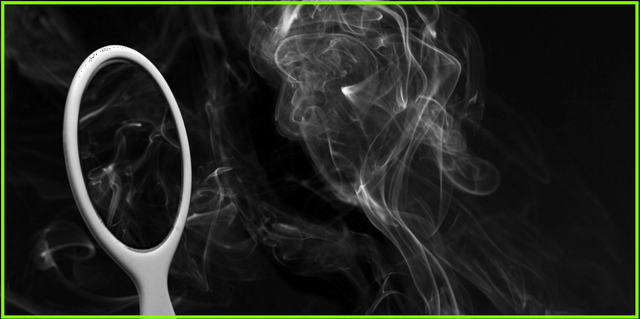
A couple of weeks ago I was asked about the color white.
If the color white reflects all colors how come mirrors are not white?
Of course, he knew the answer.
I answered that:
it's not different. It just has multiple scattering patterns due to inhomogeneities. Also, mirrors are technically green.
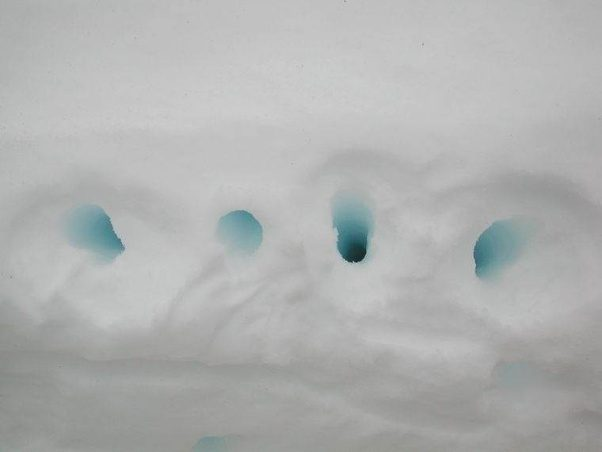
 Snow is composed of water that should be clear but is not,
Snow is composed of water that should be clear but is not,
also pay attention to the color inside the holes in that snow
That question led me to try and make videos. How are videos, the color white, and mirrors related?
The color white is a representation of the way we perceive the activation of all our photoreceptors. While a medium that reflects the white color has low absorption of light in the visible spectrum, they have microscopic irregularities at the edges of the fibers or crystals that compose them with high scattering. It performs diffuse reflection. A mirror, on the other hand, has a glossy surface with low absorption and low scattering, reflecting light in a predictable incident angle. Specular reflection.[1]
|
A mirror also has irregularities, since there are no ideal materials in reality. That means there's a little bit of scattering. Thus when a mirror is reflected multiple times against another mirror one can observe how the image starts shifting color towards the green.
If one looks at the profile of reflection of most mirrors it becomes apparent what the frequency that is absorbed the least is close to what we consider green.[3]
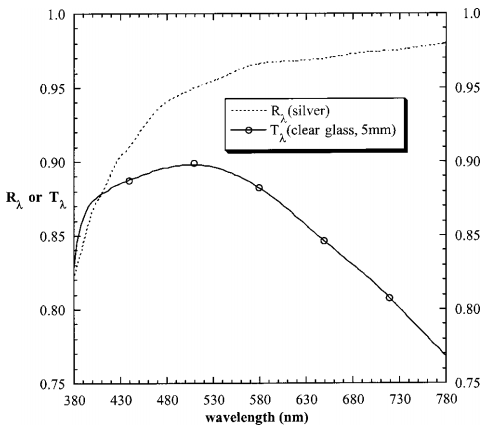
 Specular reflection with peak at approximately 510 nm[3]
Specular reflection with peak at approximately 510 nm[3]
Green is a particularly interesting color. Due to its high visibility in low light situations is recomended as a safety measure.[4] In the case of people with normal vision is the color that is most easily perceived due to the fact its wavelength stimulates 2 out of the 3 photoreceptor cone cells[5], particularly a type of green-yellow called Chartreuse, Like the liquor.
The precise convetional frequency is 555nm, right in between the "Middle" and "Long" wave sensing peaks for both cones (red and green). As I explained in my post on A phorensic approach to cheaters, the green channel is the one that provides the most information with respect to changes in light's intensity out of all the colors (particularly in Bayer filter color arrays), a property used by some most cameras for compression and particularly important in Chroma Keying.
While you can perform chroma keying with other colors like Blue, Chartreuse is the color that you will miss the least and the easier one to pick for the camera.[6]
Normally in order to obtain a clean image of an object, you would require it to be as constrained as possible to a single source of light. An example of this is Sodium lamps or lasers. The problem is when you have more than a single object you want to represent and the colors vary. This requires not only the good keying. Also a good light source.
Lights
The composition of light is not the same in all sources of light. Even light that appears to be equal might vary a lot. That's the reason there are standardizations like the Color Rendering Index (CRI)
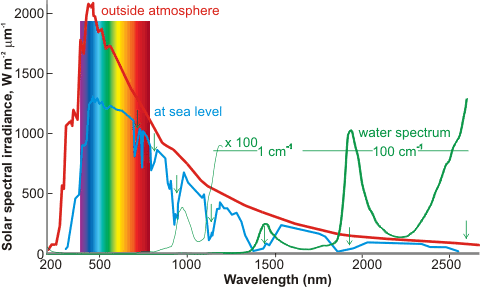
The light of the sun is taken to be "100"% and the gold standard on a day to day life (real gold standard is a black body). All lights are compared to it when measuring visible color. Although there are several reasons to be wary of trusting the CRI, especially for color temperatures below 5000 k. Being the color temperature, the temperature at which a particular body that reflects no light (so is a black body) would reach to achieve a particular color. Noon white light would be around 5600k and sunset orange light around 3200k.
There's no lower limit and there are sources of light that have negative values, like sodium light bulbs (-40%) that has a narrow emission channel with a single spike of yellow light.
CRI (ra) is the number normally reported in LED lights -while CRI (re) is preferred as is it tests better the colors led lights to struggle within the blue range- an average of performance against a limited number of charted colors.[7] Is an old poor metric developed for architecture and relies mildly on human interpretation. Other standards like the Television Light Consistency Index (TLCI) are preferred professionally.[8]

 CRI improves color. A representation of the wavelength peaks of different light sources
CRI improves color. A representation of the wavelength peaks of different light sources
For practical reasons, lights with CRI above 80% are sufficient for most cases. Also one must remember incandescent light are as close to a black body as realistically possible, even if their color temperature is low. Something white balancing solves. Unfortunately, incandescent lights are banned in many countries, so they are not a viable option in many cases and due to being hotter they are not appropriate for small closed spaces.[9]
Back in the 80's, it wasn't rare for interior scenes in films to be greenish. They only could illuminate big interior places with fluorescent lights. Due to the type of phosphor coding, the emitted light had spikes in the regions of green and sometimes magenta color. Until Kino flo appeared, that provided a whiter more reliable light, which earned them an Academy Award in 1995 for Technical Achievement.[10]
So while the actors were lit with incandescent lights, the rest was done on the cheap and not so hot. As better alternatives for rendering color are available, they still have a niche in hospital scenes, where the color is consistent with coldness and disease.
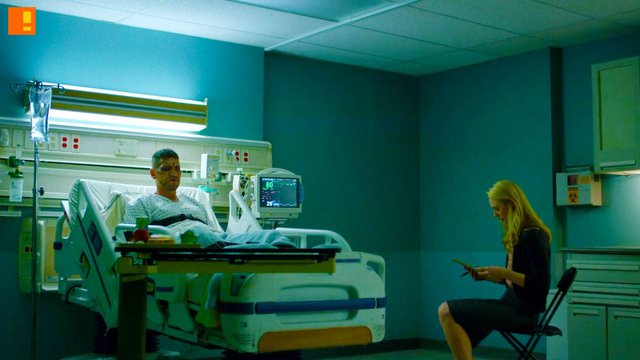
 Bluish green, maybe some flickering to hint at the use of Fluorescent lamps
Bluish green, maybe some flickering to hint at the use of Fluorescent lamps
At the moment LEDs are improving and diminishing in price. Also, software solutions to recover the information lost are advancing quite fast.
Background
So I wanted to try and make videos. But I have a relatively small place. A Green screen requires proper lighting (dangerous in closed spaces) and is not really portable, which seemed like an inconvenience.
Normally a green screen requires even lighting at the screen or hot spots (clear areas) and cold spots (dark areas) appear. Making the removal and replacement of the color difficult. The subject being recorded should stay away from the screen or green spillage occurs making it look green. The proper function I'm just barely learning although is not necessary as commercial software has presets available [11]
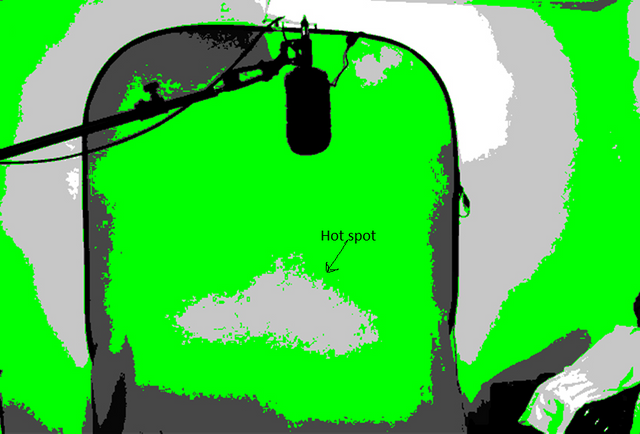
 Irregular lighting makes difficult for the subject to move, underutilizing the space
Irregular lighting makes difficult for the subject to move, underutilizing the space
Although there are good solutions out there I wanted to try something different, portable and fast. A type of smart mirror.
An interesting effect with mirrors is that a person that looks at himself in the mirror will always see his face the same size regardless of the distance. This phenomenon is due to the similarity of triangles. The points marked on the mirror form a triangle with a conserved ratio.
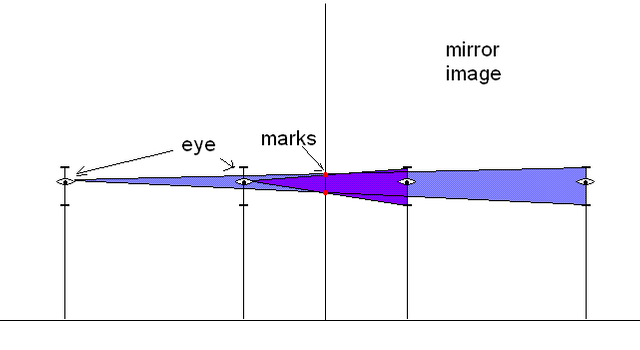
 Physics Stackexcange Conserved angle and ratio of image
Physics Stackexcange Conserved angle and ratio of image
This principle is exploited by retroreflectors. Particularly spherical retroreflectors, small glass bead that is inside the painting of road signals or in the fabrics of a reflective Jacket. The light returns to the source with low scattering and due to the angle of incidence, the observer sees the same relative intensity regardless of the distance.

If for instance, the source of light is relatively close to the lens when it hits the material, the requirements for lighting would be pretty low.
Recording
When one uses a light source that emits green light around the lens, once it hits a retroreflective material it comes back with uniform lighting. Appropriate for keying. It allows the subject to be close to the background and the light is dispersed relatively quickly before causing frontal green spillage. The limiting rate is the green light source.
Here's my first video to try it out.
REFERENCES
▶️ DTube
▶️ IPFS
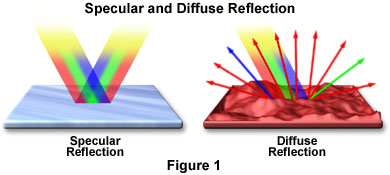


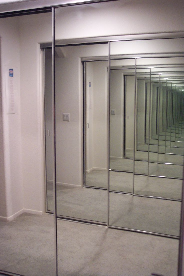
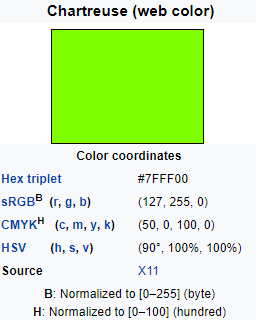
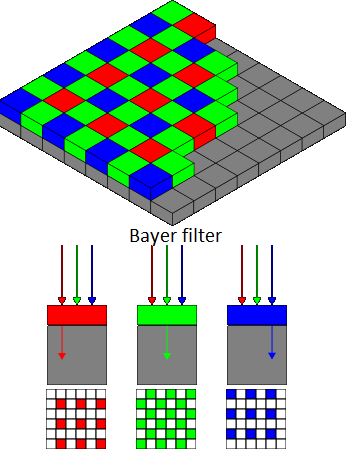
This article is so physics. Physics application in daily life =)
Yeah, I like to apply everything I know and combine it. For instance, my next post will be about Typography and how to design scientific experiments.
that video is so cringy XD
That was cringy? OH, you've seen nothing!! I had to edit it.
I can picture myself in a try not to cringe compilation, soon.
Creative way of representing the science of mixing colors - Love the video though !
I didn't know that every time I see myself in front of a mirror my face has the same size. Interesting
I thought that was neat too.
I had a good laugh at the end there!! Nice video!
Thanks. I'll try to improve and make them a LOT better.
Video production is a mammoth task. You will eventually get the hang of it. Good job for your first try though.
Interesante publicacion 🖒
As always your posts are really interesting, I wait for one of them more than 2 week. Good luck in your new work as Dtuber.
Who doesn't enjoy some light physics once in a while? :-D
Anyway, I'll come to the LHC too! Can't wait to meet you ;-)
Sure thing. I'm eager to meet everyone.
Nice post...... Insightsful thoughts on lights and the colour white .....lovely video
Thanks, the video needs a lot of work but hey, is something new.
Good post, i like it
I wish you success
Thanks.